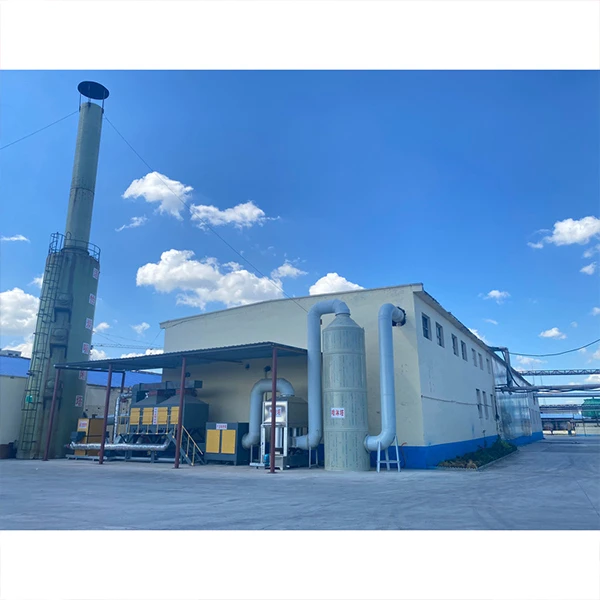RDP for Ceramic Tile Adhesive Enhancing Performance and Versatility
In the world of construction and interior design, ceramic tiles have emerged as a popular choice for both residential and commercial spaces. Their aesthetic appeal, durability, and ease of maintenance make them an ideal option for various applications. However, the performance of tile installations heavily relies on the adhesive used. One of the critical components that significantly enhances the performance of ceramic tile adhesives is Redispersible Polymer Powder (RDP).
Understanding RDP
Redispersible Polymer Powder is a type of polymer that, when mixed with water, forms a flexible, adhesive film. RDPs are often used in mortar formulations, providing enhanced bonding properties and improving the overall performance of adhesives. These powders are derived from emulsion polymers and are designed to redisperse in water, forming a cohesive bond with other components of the adhesive.
Advantages of RDP in Ceramic Tile Adhesives
1. Improved Adhesion RDP significantly enhances the adhesion properties of ceramic tile adhesives. By providing a flexible and durable bond, it ensures that tiles remain securely in place even under varying environmental conditions.
2. Enhanced Flexibility One of the primary benefits of incorporating RDP into tile adhesives is its ability to allow for movement. This is particularly important in areas where temperature fluctuations and structural shifts can occur, such as in commercial buildings or outdoor installations.
3. Water Resistance RDP can improve the water resistance of the adhesive, reducing the likelihood of water infiltration that can lead to mold growth or tile delamination. This characteristic is crucial for areas exposed to moisture, like bathrooms and kitchens.
4. Workability The inclusion of RDP in ceramic tile adhesives enhances workability. It typically results in a smoother application process, allowing for better leveling and adjustment of tiles during installation.
rdp for ceramic tile adhesive

5. Reduced Shrinkage The use of RDP can minimize shrinkage during the drying process, reducing the risk of cracks and other forms of damage. This characteristic is essential for maintaining the integrity of the adhesive over time.
6. Compatibility with Different Substrates RDP-modified adhesives exhibit excellent compatibility with various substrates, including cementitious backgrounds, gypsum boards, and other surfaces. This versatility makes RDP an attractive option for a wide range of applications.
Applications of RDP in Tile Adhesives
RDP is particularly beneficial in a variety of tile installations, including
- Floor Tiles Its flexibility and reduced shrinkage properties make it ideal for bonding floor tiles, where load-bearing and expansion considerations are critical.
- Wall Tiles RDP improves adhesion and workability, making it an excellent choice for wall tile installations.
- Exterior Applications Its water resistance and durability make it suitable for exterior tile applications, where exposure to the elements is a concern.
Conclusion
In conclusion, the incorporation of Redispersible Polymer Powder in ceramic tile adhesives provides numerous benefits, including improved adhesion, flexibility, water resistance, and workability. As the construction industry continues to seek advanced materials that enhance durability and performance, RDP has emerged as a vital component in the formulation of high-quality ceramic tile adhesives. Its adaptability across various applications not only meets industry standards but also satisfies the demands of architects, builders, and homeowners alike, ensuring that ceramic tiles remain a preferred choice for many spaces.
-
Rdp that The Revolutionary Polymer Powder Transforming Modern Construction MaterialsNewsAug.11,2025
-
Hpmc Powder that Versatile Additive for Detergents and Personal CareNewsAug.11,2025
-
Hpmc Hydroxypropyl Methylcellulose that Essential Building Material Additive from Shijiazhuang Gaocheng YongfengNewsAug.11,2025
-
Hydroxypropyl Methyl Cellulos Hpmc that Essential for Construction ApplicationsNewsAug.11,2025
-
Mhec Powder that Revolutionizing Construction Chemistry with Cellulose Ether SolutionsNewsAug.11,2025
-
Industri Hpmc that The Global Backbone of Advanced ConstructionNewsAug.11,2025




